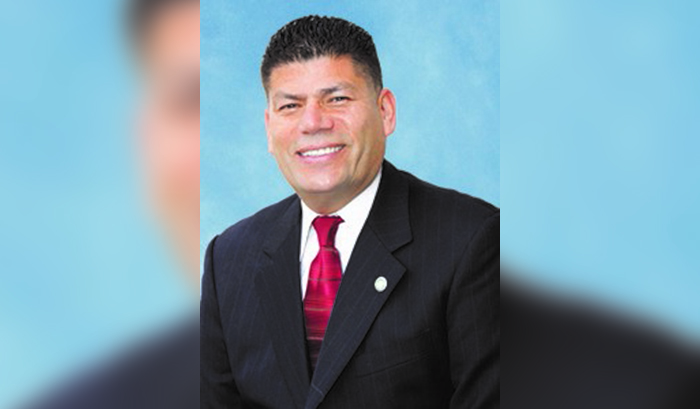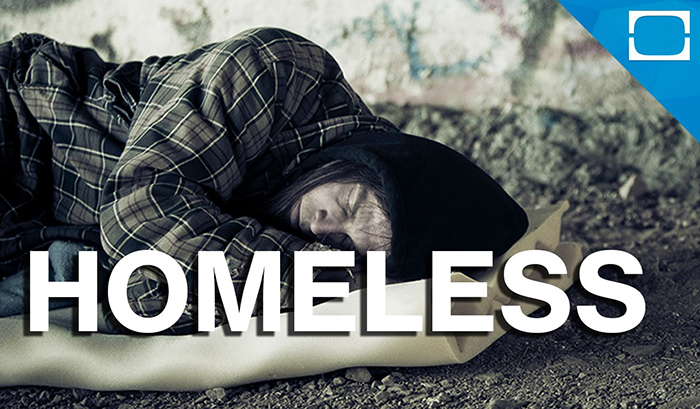Second of two parts
Re “Silbiger Warns on 5 to 0 Vote for a New Super”
With the heaving controversy over the recent firing/rehiring of teacher Sheila Silver almost as fresh as tonight’s dinner, School Board member Karlo Silbiger says that reminds him of a subject he wants to focus on this calendar year:
“How we evaluate our employees.”
A teacher himself, he calls evaluation “a mass problem in the entire education community.
“Although I think Culver City does better than most communities, we have had massive issues in the over a year I have been on the School Board.
“Teachers are not being evaluated until the very end of the school year when there is no opportunity for them to really have a conversation that will lead to them being better.
“We also have had employees being evaluated by people who should not be doing evaluations.
“These are issues all throughout the education community where the system is not set up to provide what we need.
“The whole purpose of evaluation is to provide meaningful feedback to make employees do a better job and to provide bosses with the information they need to either rehire or fire.”
Question: What was wrong with the way Ms. Silver’s case was handled?
“I can’t say about this particular case,” said Mr. Silbiger, who voted affirmatively in the 3 to 2 Board poll two weeks ago to reinstate the drama teacher at Culver City High School.
“But I can say in general a major problem is the evaluation criteria we base it on. Of the 20 or 30 questions for teachers, many are not at the heart of what it means to be a good teacher. People are being evaluated on things that really are not going to make a difference in their effectiveness in the classroom.
“Also, the number of people involved in evaluation is very limited. In most cases, it is just the Principal or Assistant Principal. Legally, they have to be the ones who do the evaluation. But every single model of good evaluations says that there should be multiple avenues of collecting data.
“My teacher friends are not going to like this, but it means looking at test scores, observations in class by a principal, observations by peers — other teachers, and it also means doing surveys of students.
“Then the principal takes all of this and comes up with something all while providing feedback to the person.”
Question: What did you hear or feel that made you want to reverse the Silver decision?
“My decision on any employee, this one in particular, will be based on how good that person is in the classroom and how much the person is contributing to the improvement of our schools. The testimony from the students speaks for itself. The product does, too.
“As a music teacher, I tell people teachers of the arts have the most public of evaluations. The average person is not going to watch a math lesson. But the community goes and watches plays. And they go to see concerts. They can tell. Either this person is doing a good job or is not.
“I can tell you, I go to almost every performance by the AVPA throughout the year. The two plays Ms. Silver has directed have been among the best I have seen in the decades I have been going to them.”






